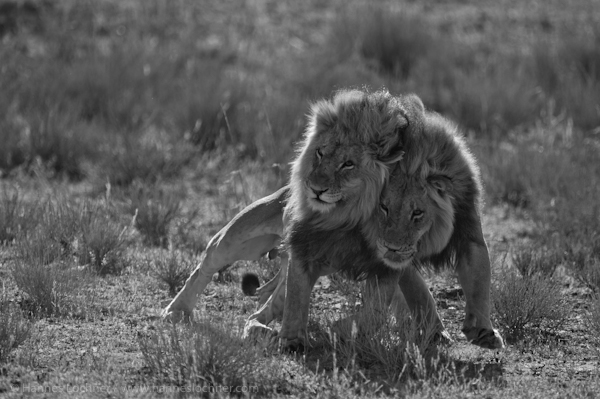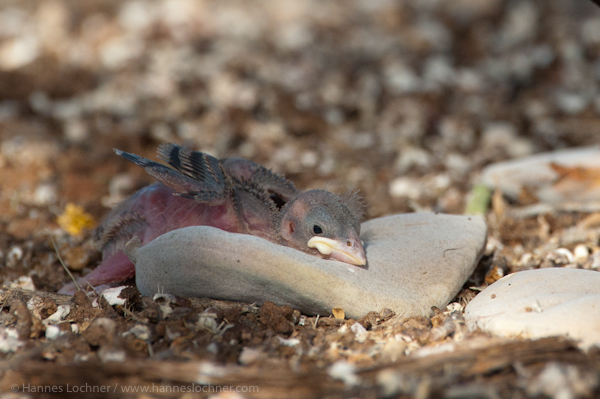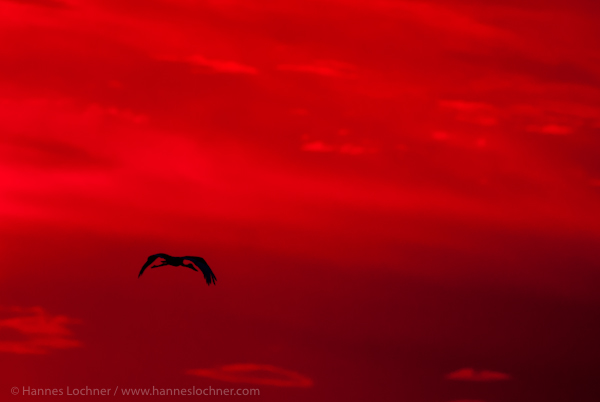Good afternoon everyone! The foxes are out again, and we found a den with lots of cubs! As for the Cape fox, and typical of most Canid species, they will mate for life. The Cape fox, however, is capable of breeding all year long, although they do typically have offspring in the months of October, November, December, or January and she gives birth to a litter size of 1 to 6 cubs. How many cubs can you count?
Enjoy and see you tomorrow!






